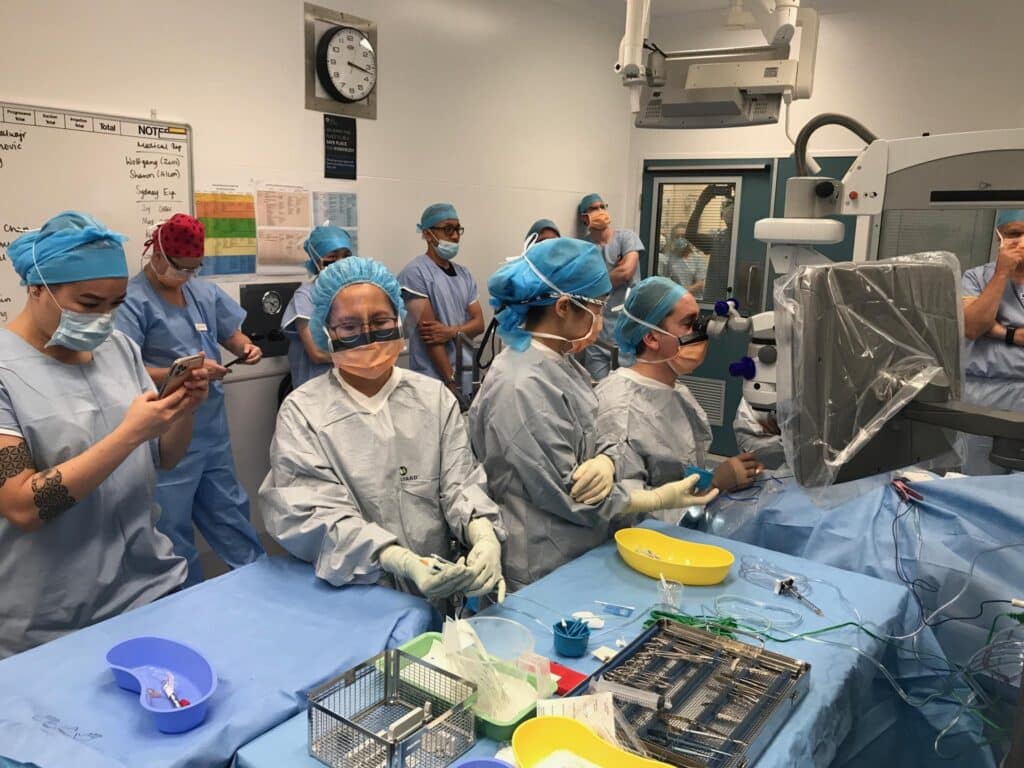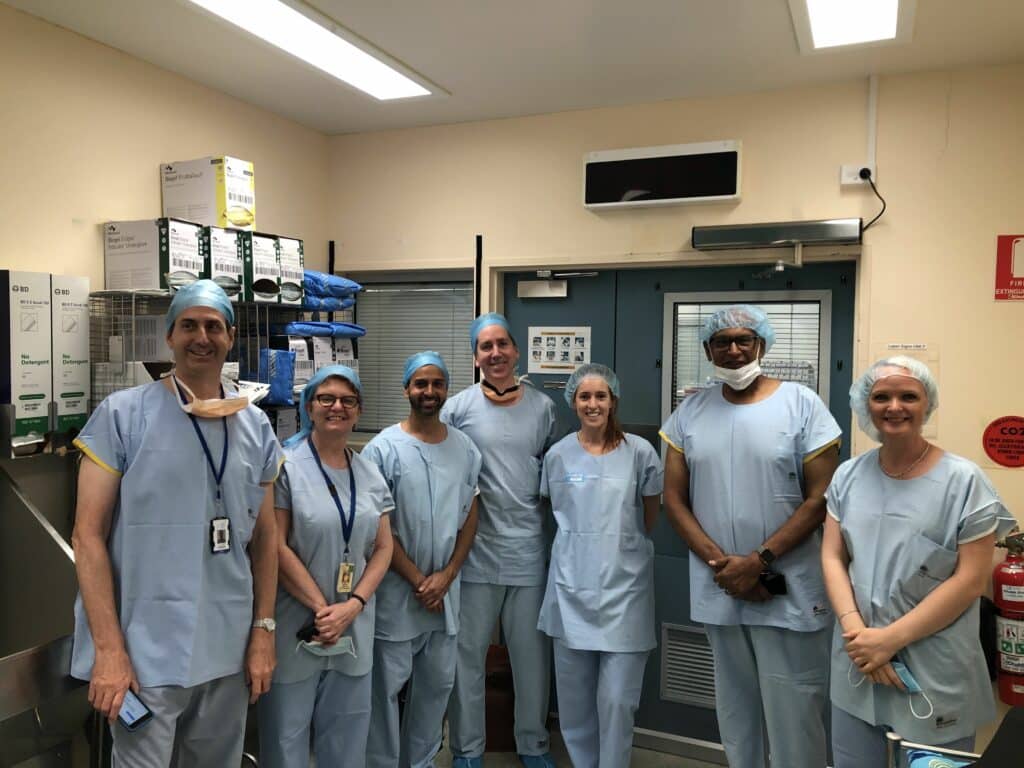Teenage siblings from Sydney with an inherited retinal disease have become the first in Australia to receive the Luxturna ocular gene therapy. Those involved with delivering the novel treatment say it has rescued their vision, with hopes it will prevent them from going blind.
Luxturna, which is supplied by Novartis in Australia, is the world’s first approved gene replacement therapy for an inherited blinding eye condition and one of the first gene replacements for any human disease.
Approved by the Therapeutic Goods Administration in August 2020, it also became the country’s first in-vivo gene therapy, meaning it directly infects cells in the body. The therapy is used to treat children and adults with biallelic pathological mutations in RPE65, a rare mutation that leads to vision loss and blindness.
Seventeen-year-old Riley and 15-year-old Saman were both diagnosed with Leber congenital amaurosis, a severe form of retinal dystrophy, in their first year of life.

They received Luxturna at The Children’s Hospital at Westmead in late 2020 and early 2021. The therapy has stopped their progressive vision loss and led to some improvements in their vision.
The therapy was delivered as part of Ocular Gene and Cell Therapies Australia (OGCTA), a new collaboration involving the Genetic Eye Clinic at Sydney Children’s Hospitals Network (SCHN), the Eye Genetics Research Unit and Stem Cell Medicine Group at the Children’s Medical Research Institute (CMRI), and the Save Sight Institute (SSI) at Sydney Eye Hospital and University of Sydney.
Overall, the Sydney team has now treated four people with Luxturna now, with two adults in their 40s also receiving the therapy.
Professor Robyn Jamieson, head of the Eye Genetics Research Unit at SCHN and CMRI, lead of OGCTA and head of Specialty of Genomic Medicine at the University of Sydney, said the therapy was revolutionary and would lead to a transformation of care for patients with blinding eye diseases.
“Inherited retinal disease is a devastating diagnosis. Up until now, these patients suffered progressive vision loss that led to blindness and there was no therapy for them at all,” she said.

“But through new genomic diagnostics and the use of ocular gene therapy, we are finding that we have the ability to not only stop this ongoing progression but also help to improve vision for people who have RPE65-related retinal vision loss.”
Children and adults born with a mutation in both copies of the RPE65 gene can suffer from a range of symptoms, including night blindness (nyctalopia), loss of light sensitivity, loss of peripheral vision, loss of sharpness or clarity of vision and potentially total blindness.
According to the OGCTA, ocular gene therapy works by injecting Luxturna under the retina – via a subretinal injection – and carrying a functioning RPE65 gene to replace the faulty one, thereby preventing some of these devastating symptoms.

“The real-world improvements in visual function has been quite remarkable bringing to life the rather dry clinical trials outcome measures. It is tremendously heartening to see the changes in vision capabilities for these first patients treated with Luxturna,” Professor John Grigg, head of specialty of ophthalmology at the SSI and lead inherited retinal disease specialist in OGTCA, said.
Dr Frank Martin, Clinical Professor in the specialties of paediatrics and child health and ophthalmology at the University of Sydney added: “As an ophthalmologist who has been caring for patients with Leber’s amaurosis for many years and unable to offer any treatment, it is incredibly rewarding to now have the opportunity to not only give families hope but also be involved in improving their child’s vision.”

Associate Professor Matthew Simunovic, vitreo-retinal surgeon at the Sydney Eye Hospital and SCHN and Associate Professor at the SSI, performed the first surgery and said the benefits of treatment should extend well into the future.
“This is incredibly delicate surgery in which Luxturna is injected under the retina, which in some patients can be as thin as a sheet of copy paper,” he said.
“Riley and Saman have had profound improvements in their vision, which mirror the results seen in the pivotal clinical trials. Importantly, such benefits appear to be sustained for many years – in fact, for as long as patients have been followed up. Successfully delivering the first approved gene therapy has been a fantastic team effort, and it underscores Australia’s capability in this field.”

To date, Luxturna has been used to treat four patients and while it can only be used for this specific form of retinal disease, it does provide significant hope that similar treatments will be able to be applied to other retinal disease genes in the future.
“This heralds a new era in transforming the lives of these people who otherwise have a life of blindness ahead of them and provides hope for more than 15,000 other affected Australians who live with some form of inherited retinal disease,” Grigg said.

More reading
TGA approves Luxturna gene therapy
Rewriting eye disease: Are we ready for gene therapies?
Building Australia’s gene therapy capability




